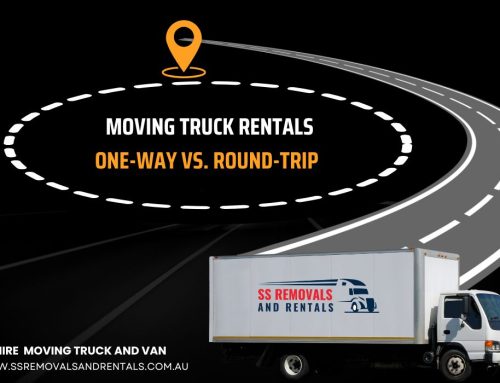Moving, whether across town or across the country, can be a stressful experience. While the end goal is the same – transporting your belongings to a new location – the intricacies of local and long-distance moves differ significantly. Understanding these differences is crucial for a smooth relocation.
While both involve moving your possessions, local and long-distance moves present distinct challenges and require tailored approaches. Let’s delve into the specifics of each.
Local Moves
What Defines a Local Move?
Generally, a local move is considered to be within a city, town, or surrounding area. This typically involves a distance of less than 50 miles. Local moves are often characterized by shorter planning timelines, less complex logistics, and potentially lower costs.
Advantages:
- Cost-effective: Local moves typically involve lower costs for transportation and labor.
- Less planning and organization: Shorter distances and quicker move times often require less preparation.
- Potential for DIY move: Depending on the size of your belongings, you might be able to handle a local move yourself.
Challenges:
- Traffic congestion: Dealing with city traffic can increase moving time and stress.
- Limited time for planning: With less lead time, there might be less flexibility in scheduling.
- Potential for damage to belongings: More frequent loading and unloading increase the risk of damage.
Long-Distance Moves
What Defines a Long-Distance Move?
A long-distance move, on the other hand, extends beyond local boundaries, often involving travel across state lines. These moves demand more extensive planning, complex logistics, and potentially higher costs due to factors such as fuel, accommodations, and interstate regulations.
Advantages:
- New beginnings and opportunities: Relocating to a new area can offer fresh starts and new experiences.
- Potential for lower cost of living: Different regions have varying costs of living.
- Chance to explore a new area: Discovering a new city or state can be exciting.
Challenges:
- Higher costs: Transportation, labor, and potential storage fees are generally higher for long-distance moves.
- More planning and coordination: Extensive organization is required to manage logistics and timelines.
- Stressful process: Coordinating multiple aspects of the move can be overwhelming.
Key Differences Between Local and Long-Distance Moves
| Feature | Local Move | Long-Distance Move |
|---|---|---|
| Distance | Up to 50 miles | Over 50 miles |
| Cost | Generally lower | Typically higher |
| Time | Shorter (hours or days) | Longer (days or weeks) |
| Planning | Less planning needed | More planning required |
| Storage Needs | Less likely | More likely |
| Insurance | May be optional | Often recommended |
| Packing | Less complex | More complex (packing for travel) |
| Transport | Rental truck (DIY possible) | Moving company |
| Moving Services | Local movers (optional) | Long-distance movers (recommended) |
| Regulations | Local regulations | May involve interstate regulations |
Understanding the distinctions between local and long-distance moves is essential for a successful relocation. By carefully considering factors such as distance, budget, and timeline, you can create a tailored moving plan. Remember, proper planning and preparation are key to minimizing stress and ensuring a smooth transition to your new home.
For a smooth and stress-free move, trust the experts at SS Removals and Rentals. Whether you’re moving locally or long-distance, our team is ready to assist with every aspect of your relocation. Contact us today at 0450 203 763 or email us at info@ssremovalsandrentals.com.au for a personalized moving plan tailored to your needs.








Leave A Comment